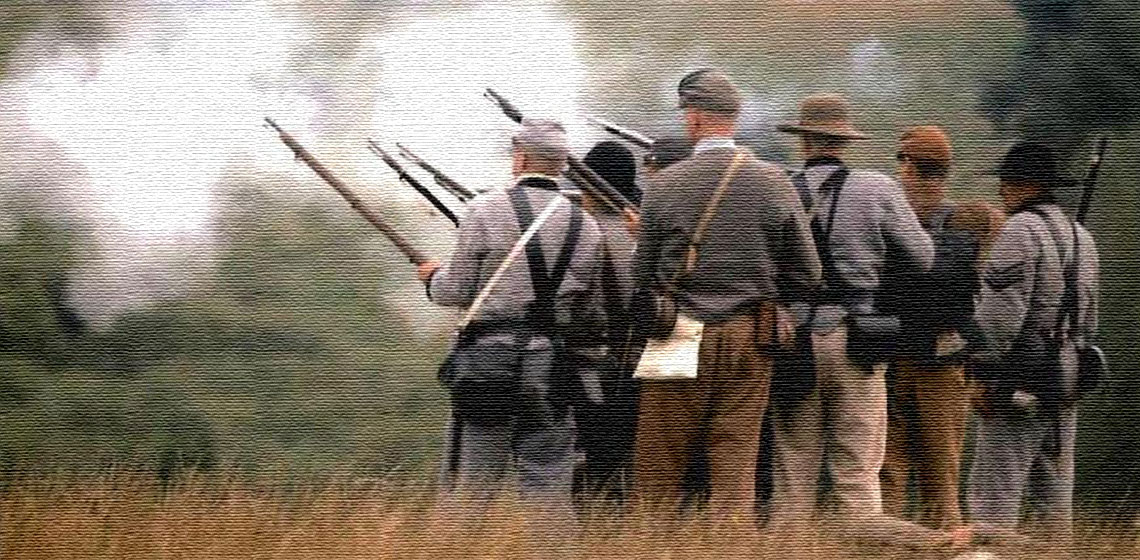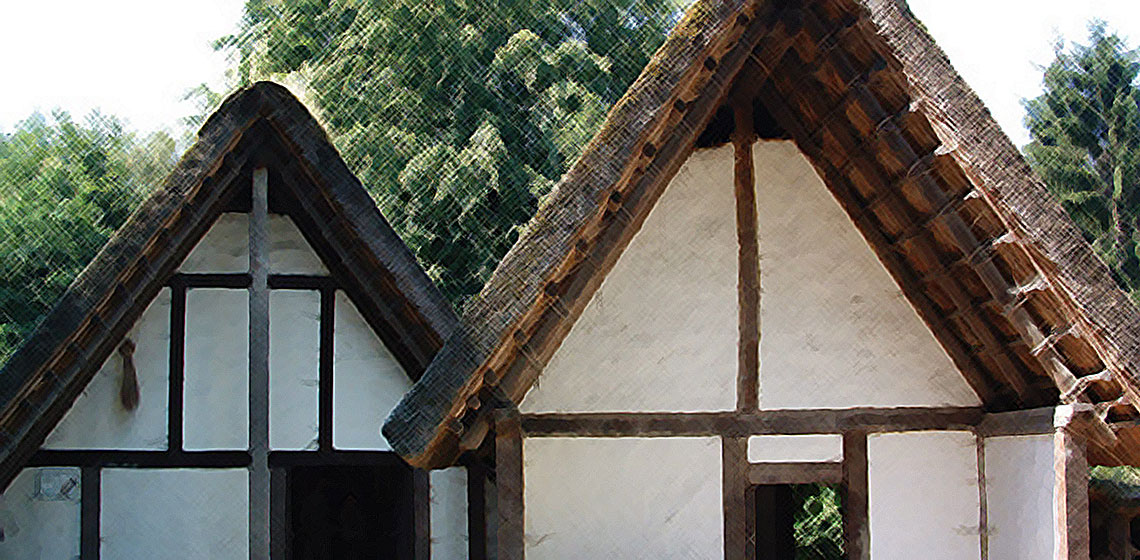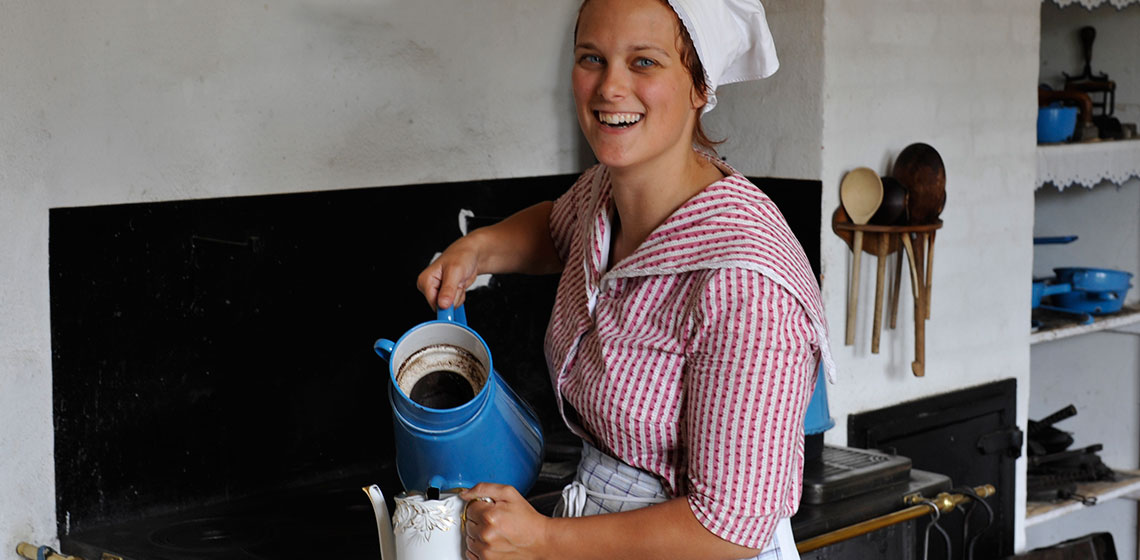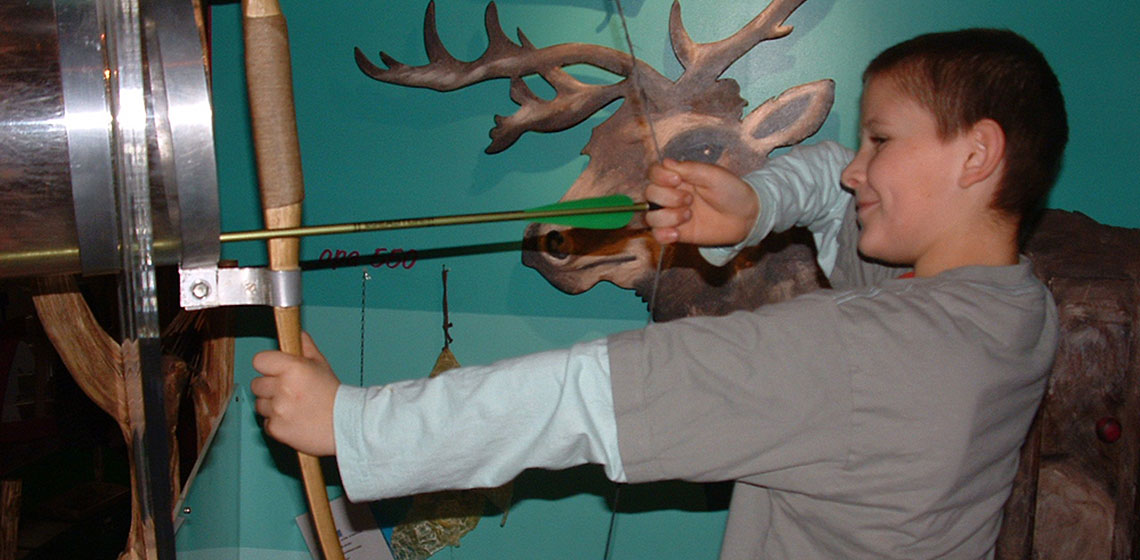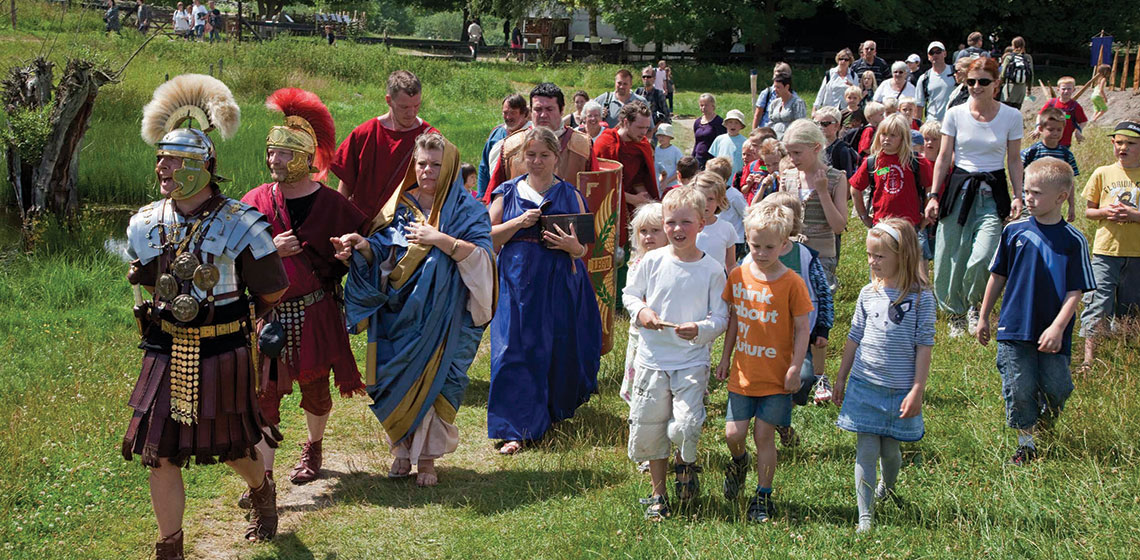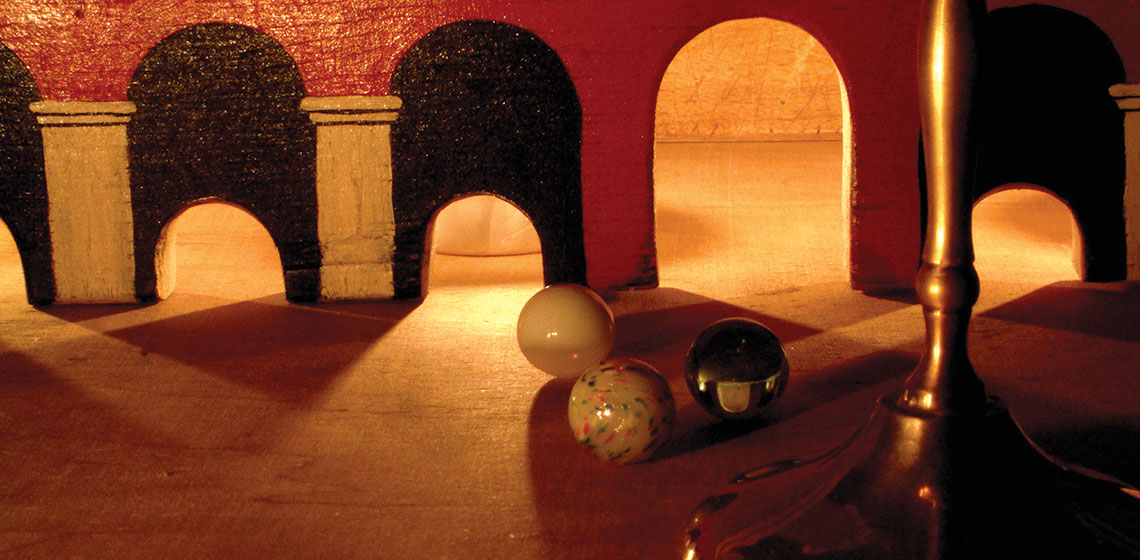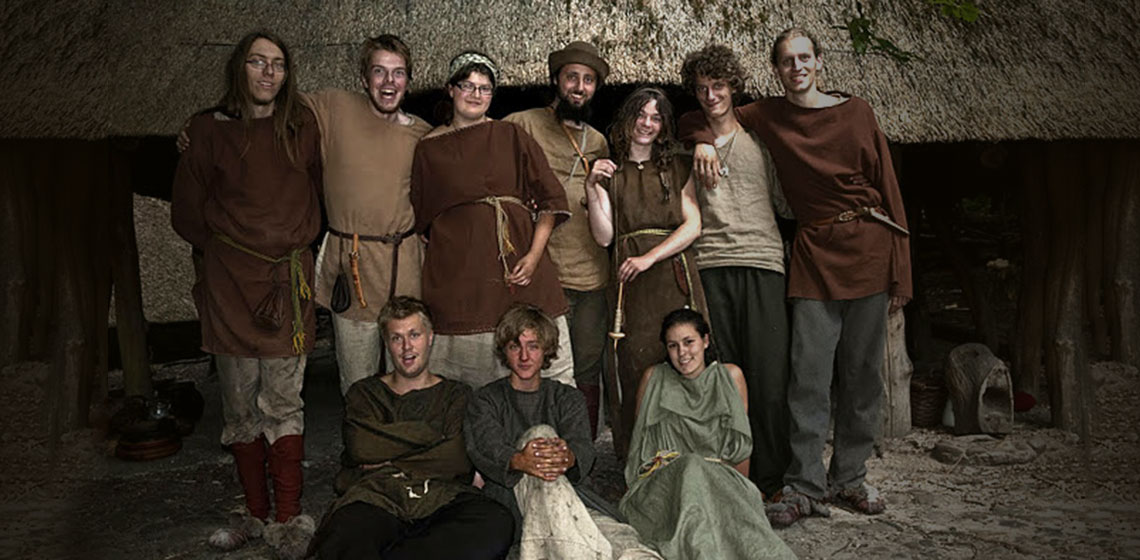Interpretation
Stowarzyszenie Milosników Truso - Truso Association (PL)
The archaeological research which has been carried out for about 30 years now in Truso - Scandinavian trading and craft emporium, discovered in today's Poland - has yielded an enormous number of heritage items. Main goal for Truso Association is to create legal, organizational and financial terms to build a replica of Truso emporium and recreate the conditions of everyday life in the 8th to 10th century.
The archaeological research which has been carried out for about 30 years now in Truso - Scandinavian trading and craft emporium, discovered in today's Poland - has yielded an enormous number of heritage items...
Authenticity is Fiction? Relicts, Narration and Hermeneutics
To Be or Not to Be: Thoughts on Living History - Some Personal Remarks
Public Outreach in the Drents Museum in Assen (NL)
International Learning Partnership: Living History and Adult Education in the Museum
Museo Archeologico Castello San Giorgio (IT)
The Museo Archeologico is hosted in the Castle of San Giorgio, the monument which best represents the historical vicissitudes of La Spezia. The lower floor of the castle houses exhibits pertaining to the life of the territory from the Pleistocene age up to Romanisation.
The Archaeological Museum is hosted in the Castle of San Giorgio, the monument which best represents the historical vicissitudes of La Spezia. The lower floor of the castle houses exhibits pertaining to the life of the territory from the Pleistocene age up to Romanisation...
Varus and the Lost Legions in Sagnlandet Lejre - A Re-enactment Success?
In July 2009 a battle took place in Sagnlandet Lejre, in the heart of Zealand in Denmark. The battle was a dramatized re-enactment of the historical battle of Teutoburg forest in Niedersachsen in the year 9 AD - also known as the Varus Battle. Why should such a re-enactment event take place in Denmark - over 100 kilometres from the presumed site of the historic battle?...
Presenting Medieval Gambling and Pub Life
There are many legendary games in the Middle Ages with professed losses of clothes, horses and, what is more, whole estates, and even halves of kingdoms. But was money really the most important part of gambling?...
WEA’s Latest Life Experiment
The WEA, Society for Experimental Archaeology, is a sub-society of the NJBG, the Dutch Historical Youth Association. It is formed by youngsters aged 12 to 26 who enjoy participating in several aspects of living history. WEA offers them a chance to learn about history, set up their own archaeological experiments, and the opportunity to participate in living history for example by learning a...
